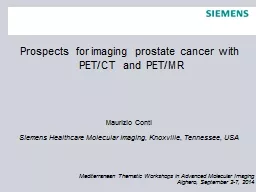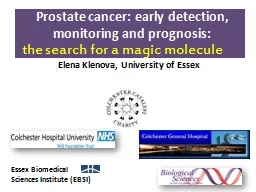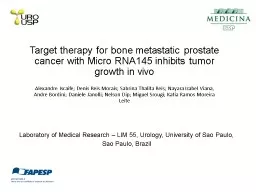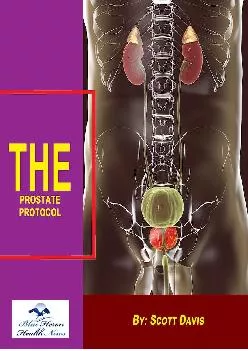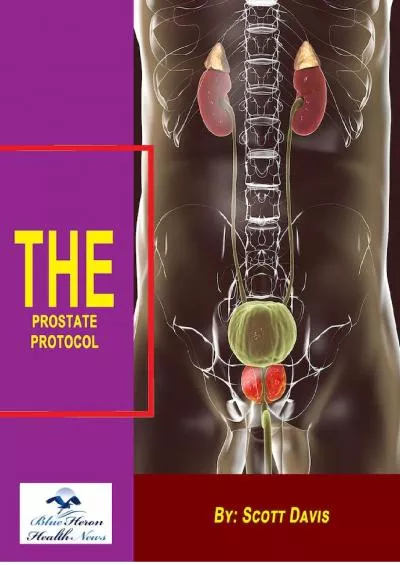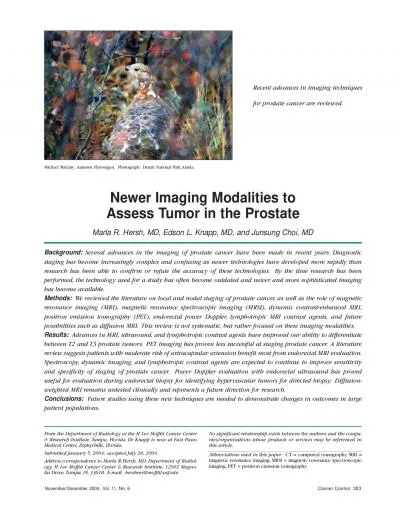PPT-Prospects for imaging prostate cancer with PET/CT and PET/MR
Author : accouther | Published Date : 2020-06-24
Maurizio Conti Siemens Healthcare Molecular Imaging Knoxville Tennessee USA Mediterranean Thematic Workshops in Advanced Molecular Imaging Alghero September 27
Presentation Embed Code
Download Presentation
Download Presentation The PPT/PDF document "Prospects for imaging prostate cancer wi..." is the property of its rightful owner. Permission is granted to download and print the materials on this website for personal, non-commercial use only, and to display it on your personal computer provided you do not modify the materials and that you retain all copyright notices contained in the materials. By downloading content from our website, you accept the terms of this agreement.
Prospects for imaging prostate cancer with PET/CT and PET/MR: Transcript
Maurizio Conti Siemens Healthcare Molecular Imaging Knoxville Tennessee USA Mediterranean Thematic Workshops in Advanced Molecular Imaging Alghero September 27 2014 index motivation amp introduction. Matthew D. Katz, M.D.. Assistant Professor. Urologic Oncology . Robotic and Laparoscopic Surgery. University of Arkansas for Medical Sciences. Winthrop P. Rockefeller Cancer Center. Anatomy Genitourinary System. Essex Biomedical . Sciences Institute (EBSI) . Elena Klenova, University of Essex. the search for a magic molecule. Most Common Types of Cancers in Men. info.cancerresearchuk.org/.../males/index.htm. Analysis. Charles . J Ryan, MD. Professor of Clinical . Medicine and Urology. Helen Diller Family Comprehensive Cancer Center. University of California, San Francisco. Biomarker Analysis in Prostate . Alexandre . Iscaife. ; Denis Reis Morais; Sabrina Thalita Reis; Nayara Izabel Viana, . Andre. . Bordini. ; Daniele . Janolli. ; Nelson . Dip. ; Miguel . Srougi. ; Katia Ramos Moreira Leite . Laboratory of Medical Research – LIM 55, Urology, University of Sao Paulo, Sao Paulo, Brazil. Robert S. . Bridwell. MD MBA. Founder and CMO. Appian 360. Medical Advisor to . Zevacor. Pharma, Inc.. Disclosure/Disclaimer. This presentation has been prepared and delivered at the request of . Zevacor. CÉSAR DAVID VERA-DONOSO. Department. of . Urology. WHO IS IN THE LINE OF FIRE?. WE NEED TO COLLABORATE IN MANY FIELDS. WE NEED RELIABLE IMAGES TO TAKE DECISIONS. INCIDENCE. EUROPE. In Europe, . PCa. Presented By:. Yashwanth Karthik Kumar Mamidi. 1. Committee Members:. Dr. Minhaz Zibran. Dr. Christopher M Summa. Mentors/Supervisors:. Dr. Md Tamjidul Hoque. Dr. Chindo Hicks. MS Thesis Defense Presentation. Presentation. . by. Caterina Gentili, . PhD candidate . 27. th. September 2018 – CAR weekly . Background. Background. growing population . of . PCa. survivors. Background. growing population . of . Scott Davis : The Prostate Protocol PDF, The Prostate Protocol Ebook PDF, The Prostate Protocol PDF EBook, The Prostate Protocol Diet PDF, The Prostate Protocol Recipes PDF, The Prostate Protocol Ingredients PDF, The Prostate Protocol System EBook, The Prostate Protocol Program PDF, The Prostate Protocol Guide EBook, The Prostate Protocol Reviews PDF, The Prostate Protocol Discount EBook, The Prostate Protocol Buy EBook, The Prostate Protocol Order EBook, The Prostate Protocol Price PDF, The Prostate Protocol Amazon PDF, The Prostate Protocol Sample PDF, The Prostate Protocol Meal Plan Scott Davis : The Prostate Protocol PDF, The Prostate Protocol Ebook PDF, The Prostate Protocol PDF EBook, The Prostate Protocol Diet PDF, The Prostate Protocol Recipes PDF, The Prostate Protocol Ingredients PDF, The Prostate Protocol System EBook, The Prostate Protocol Program PDF, The Prostate Protocol Guide EBook, The Prostate Protocol Reviews PDF, The Prostate Protocol Discount EBook, The Prostate Protocol Buy EBook, The Prostate Protocol Order EBook, The Prostate Protocol Price PDF, The Prostate Protocol Amazon PDF, The Prostate Protocol Sample PDF, The Prostate Protocol Meal Plan No significant relationship exists between the authors and the compa-nies/organizations whose products or services may be referenced inthis article. Abbreviations used in this paper:CT = computed tomo Sorting Out the Androgen Deprivation Therapy Options for Locally Advanced . CSPC. Supported by an educational grant from Astellas and Pfizer, Inc.. EPISODE 3. Cora N. Sternberg MD, FACP. Clinical Director, . . Using PSMA-PET for accurate staging in biochemical recurrent metastatic prostate cancer. . Case courtesy of Associate Professor Yao ZHU, Fudan University, Shanghai Cancer Center. Photo by . Hobi. Dr Marie-Pier St-Laurent, MD, FRCSC. Urologic-Oncology fellow, UBC. Research scientist, Vancouver Prostate Centre. Honorarium: Bayer, PCSC. As a urologist, I am biased towards prostate cancer screening..
Download Document
Here is the link to download the presentation.
"Prospects for imaging prostate cancer with PET/CT and PET/MR"The content belongs to its owner. You may download and print it for personal use, without modification, and keep all copyright notices. By downloading, you agree to these terms.
Related Documents

